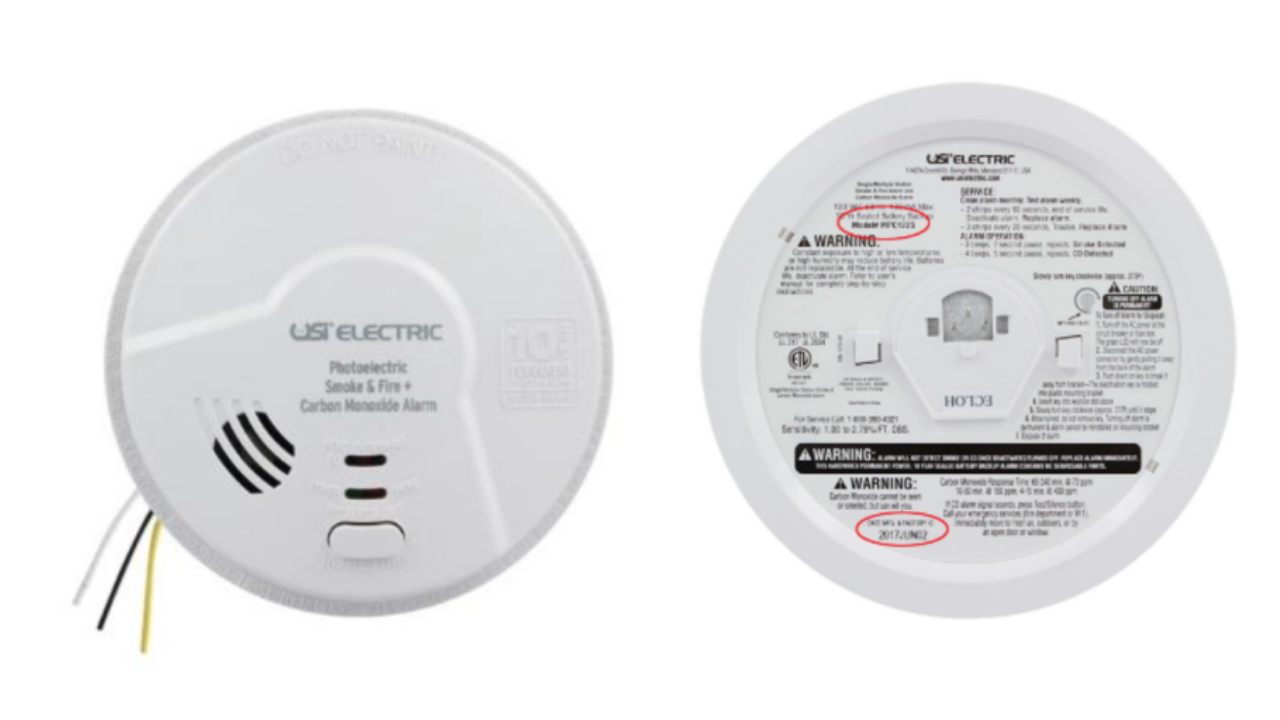PARMA, Ohio — It is that time of year where we are all trying to stay warm by cranking up our furnaces and space heaters.
But experts say we may be unknowingly putting ourselves in direct danger.
Every year-- roughly 430 people die from accidental carbon monoxide poisoning and at least 50 thousand people will end up in the emergency room.
Experts say this is so concerning because it can happen to anyone, anywhere.
They say now is the time to do any last-minute checks on your detectors and devices as the temperatures continue to drop.
There are a couple of reasons why we are seeing the recent cases of house fires and issues with carbon monoxide, said officials.
"It's because people are using alternative heating sources, because, you know, fuel costs are so expensive, and they need to still heat their house," said TJ Martin, public information officer for the city of Parma Fire Department.
And that is creating a recipe for disaster in homes across Northeast Ohio.
Area fire departments are jumping into action, calling this the busiest time of the year-- between Thanksgiving to New Year.
One of the many concerns is carbon monoxide poisoning.
"If the house isn't ventilated properly or if your hot water tank or your furnace is improperly vented, that could cause a buildup of carbon monoxide in the home," said Martin.
Carbon Monoxide is known as the colorless, odorless killer.
News 5 was there back in October as several residents were forced out of the Timber Top apartments in Akron after they experienced carbon monoxide poisoning from a defective building boiler.
A 66-year-old woman, Eva Burgess passed away.
The incident prompted Akron City Council to pass an ordinance that requires carbon monoxide detectors to be installed in residential living spaces that use fuel-burning appliances.
Landlords and homeowners can be fined and face penalties if they don't comply with the measure.
"You can pass out before you even experience any of those symptoms. So having the alarm is the best thing you can have," said Nicolette Nye, Spokesperson for U.S. Consumer Product Safety Commission.
And when it comes to those lifesaving smoke alarms and CO detectors--check the batteries and placement of the devices.
"Smoke alarms should be located on every level of the home and inside bedrooms, and CO alarms should be located on every level of the home and outside all sleeping areas," said Nye.
With Lake Effect snow surely just around the corner experts say to be winter aware and prepped for power outages. If you have a generator, test it in advance.
Nye says a single portable generator can pump out as much carbon monoxide as hundreds of cars. Be extra cautious about the location and check to see if it has an automatic shut-off switch, she says.
"Portable generators should be used outside only and at least 20 feet away from your house or any other structures that people could enter," said Nye.
Martin says to be sure to double-check and triple-check that your devices have working batteries.
If you're using a space heater, plug it directly into the wall to avoid a fire.
Martin also pointed out that sleeping with your bedroom door closed could save your life if a fire breaks out.
The closed door prevents the further spread of flames and possible spread of carbon monoxide.




